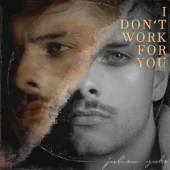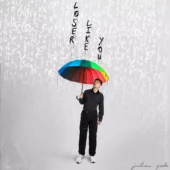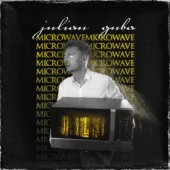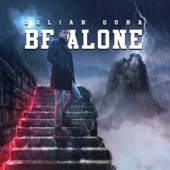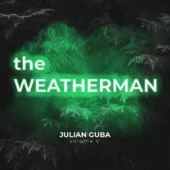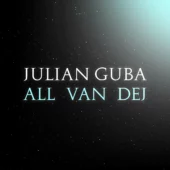Songwriting

The Ultimate Guide to Songwriting: Crafting Music that Resonates with Your Audience
Finding Inspiration: Unlocking Your Creativity
Contents
- 1 Finding Inspiration: Unlocking Your Creativity
- 2 Crafting the Basic Song Structure
- 3 Writing Lyrics: Connecting with Your Audience
- 4 Creating Melodies: Making Your Song Memorable
- 5 Adding Instrumentation: Enhancing Your Song
- 6 Collaboration: The Power of Working Together
- 7 Refining and Editing: Polishing Your Song
- 8 Conclusion: The Art of Songwriting
The first step in songwriting is to find inspiration. As a songwriter, I find inspiration from a variety of sources, including personal experiences, current events, other forms of art, and even random thoughts that come to mind. To capture these ideas, I always carry a notebook or voice recorder to jot down lyrics, melody, and ideas as they come to mind. Once inspiration strikes, I determine the direction of the song and the story I want to tell.
Crafting the Basic Song Structure
The basic structure of a song is the foundation upon which a great song is built. A typical song structure consists of verses, chorus, and a bridge. The verses tell the story, the chorus is the memorable hook that listeners remember, and the bridge provides a new perspective or emotion to the song. To choose the structure of the song, I consider the emotion and message I want to convey.
Writing Lyrics: Connecting with Your Audience
Lyrics are the heart of a song, and they are what listeners remember long after the song is over. To write lyrics that resonate with listeners, I focus on telling a story, being honest and vulnerable, and using vivid and descriptive language. The lyrics should convey a message and connect with the listener emotionally. I also avoid using clichés and aim for originality in my lyrics.
Creating Melodies: Making Your Song Memorable
Melody is what makes a song memorable and catchy. To create a melody that resonates with listeners, I experiment with different chord progressions, rhythm, and instrumentation. The melody should be simple yet memorable and should fit the emotion and message of the song. A great melody can make or break a song, so it’s essential to get it right.
Adding Instrumentation: Enhancing Your Song
Instrumentation is the backbone of a song, and it can enhance the emotion and message I want to convey. The choice of instrumentation should be based on the style of the song and the emotion I want to convey. For example, a sad song may use a piano or acoustic guitar, while an upbeat song may use a drum machine or synthesizer. It’s important to choose instrumentation that complements the melody and lyrics.
Collaboration: The Power of Working Together
Collaboration is a great way to enhance the songwriting process. Collaborators can bring new ideas and perspectives to the table, and they can help with refining the song. Collaborators can be other songwriters, musicians, producers, or even fans of the artist. Working with others can help to create a more diverse and dynamic song.
Refining and Editing: Polishing Your Song
The process of refining and editing is an essential part of songwriting. I listen to the song multiple times, make changes as necessary, and ensure that the lyrics, melody, and instrumentation all work together seamlessly. The goal is to create a polished, well-crafted song that resonates with listeners. It’s important to be open to constructive feedback during this process.
Conclusion: The Art of Songwriting
In conclusion, songwriting is an art form that requires creativity, skill, and passion. The process of crafting a memorable song involves finding inspiration, creating a basic structure, writing lyrics, creating melody, adding instrumentation, collaboration, and refining and editing. By following these steps, you can create a song that resonates with your audience and stands the test of time.
Browse through my song lyrics: Carolyn, Be Alone, Microwave, Will I Ever See you Again, Fine Without You, Again With You, Late Love …








